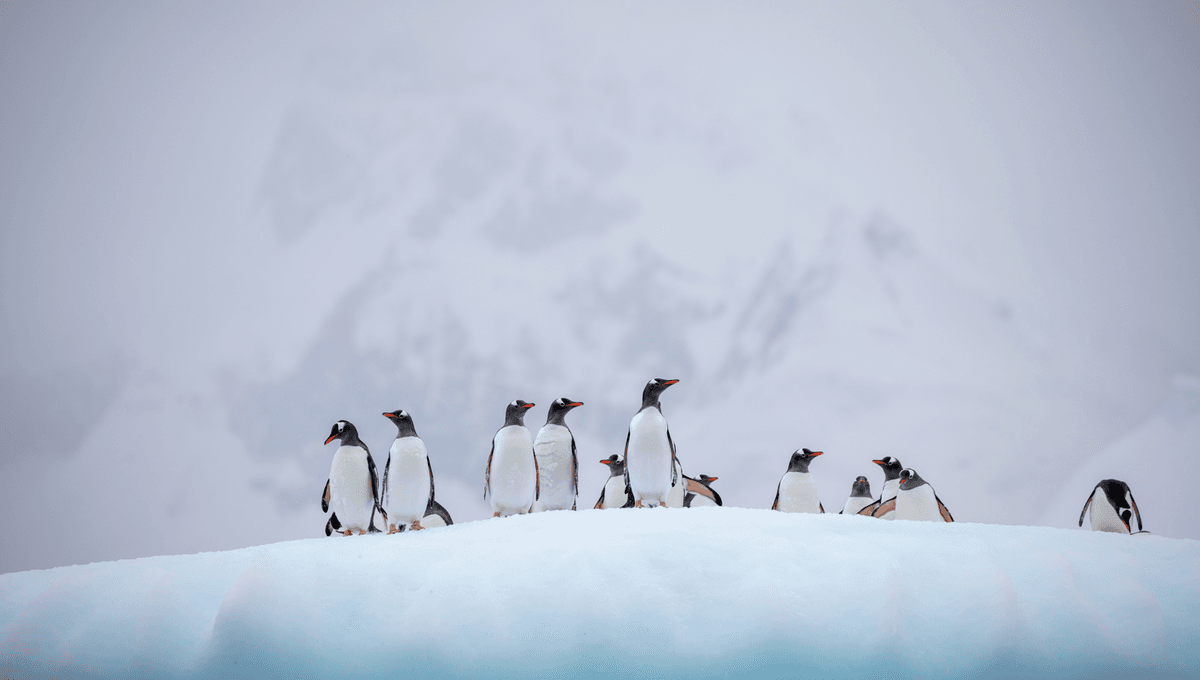
If you burrow deep enough, what lies beneath the polar ice sheets? Would you find mud, rock, water, more ice, an ancient mosiac, or just synthetic laminate flooring? Well, it depends on whether you’re hoping to delve under the North Pole or the South.
The Arctic in the Northern Hemisphere is simply an ice sheet covering the sea. Conversely, the Antarctic in the Southern Hemisphere is an actual continent, meaning beneath its ice lays an ancient rocky landmass that’s been locked away for millions of years.
What’s under Antarctica’s ice?
Getting under the ice of Antarctica is no small feat. The ice is 4,776 meters (15,669 feet) deep and averages 2,160 meters (7,086 feet) in thickness, according to the National Science Foundation. In total, Antarctica holds 27 million cubic kilometers (6.4 million cubic miles) of frozen water that, if melted, would result in around 58 meters (190 feet) of sea-level rise.
Researchers have bored holes into the Antarctic ice with depths of over 2,000 meters (6,561 feet), but much of its lower depths remain a mystery. They have also placed cameras down some of the shallower boreholes – which makes for some pretty amazing viewing.
What’s under the Arctic’s ice?
The Arctic ice is nowhere near as deep. In fact, it tends to be just 3 to 4 meters (9.8 to 13.1 feet) thick over large areas, with ridges that can be as deep as 20 meters (65.6 feet). Beneath here, you’ll find the waters of the Arctic Ocean, the shallowest of the world’s five major oceans with an average depth of just 1,038 meters (3,406 feet).
If you want to do deeper into the question of what’s beneath the Arctic’s ice sheet, we’d have to go to the seabed of the Arctic Ocean.
In 2013, scientists from Columbia University’s Lamont-Doherty Earth Observatory spent a great deal of time exploring and gathering information about the world beneath Arctic ice sea ice in Barrow, Alaska. They sent cameras down through the ice to the waters of the Arctic Ocean and gathered video footage of the seafloor.
Their research showed that beneath the Arctic Ocean, it’s a muddy seafloor that’s covered in a surprising amount of algae. They even captured footage of isopods wandering around the seabed, although they have little idea of what species they are or how they live.
“One of the lessons that research in polar regions has taught us is that we need to broaden our definition of where life exists and thrives,” remarked Andy Juhl, aquatic ecologist and oceanographer working on the project.
“In the Arctic, we have life growing inside ice, at below-freezing temperatures,” he added. “This means that we know to look in more unusual places for science of life and that’s one of the interesting things we learn by doing this kind of work. Ice is not necessarily an inhospitable habitat, and on other planets where we see ice, that’s a place where we should probably look for signs of life.”
Source Link: What's Actually Beneath All The Polar Ice?